The victory of our army and people in the resistance war against the US to save the country, culminating in the Great Victory in Spring 1975, is a great achievement in the cause of national liberation and defense of the Fatherland, led by the Communist Party of Vietnam and President Ho Chi Minh . The Great Victory in Spring 1975 is a glorious and brilliant page in the history of building and defending the country over thousands of years, clearly demonstrating the strength of our people's will to unify the country and their desire for peace.
At 11:30 a.m. on April 30, 1975, Liberation Army tanks crossed the iron gate, capturing the Saigon puppet Presidential Palace, the last stronghold of the enemy, gloriously ending the nation's 30-year long march against foreign invaders. Photo: Mai Huong (VNA)
From the very first days of implementing the 1954 Geneva Agreement, the US imperialists, French colonialists and the Ngo Dinh Diem government sought every way to sabotage it. The US hastily established the Southeast Asian military bloc and ousted France, invaded the South in an attempt to defeat the Vietnamese revolution, establish a defense line to prevent and repel socialism in Southeast Asia, and encircle, threaten and stop the progress of socialism in other parts of the world.
Through the puppet government of Ngo Dinh Diem, the US focused on implementing the policy of "denouncing communists, destroying communists" to suppress and terrorize the patriotic movement, promulgating Law 10/59, turning the South into a prison, detention camp, concentration camp, and drowning the revolution in the South in a sea of blood. The Resolution of the 6th expanded Conference of the Party Central Committee (July 1954) determined: "US imperialism is the main enemy of the peace-loving people of the world , and is currently becoming the main and direct enemy of the people of Indochina".
In January 1959, the 15th Central Resolution was issued, advocating the transformation of the Southern revolution from political struggle to political struggle combined with armed struggle, using revolutionary violence against counter-revolutionary violence, and insurrection to seize power for the people. This wise direction correctly reflected the inevitable trend of history, promptly met the demands and aspirations of the masses, and was the spark that ignited the Dong Khoi movement (1959-1960) that changed the situation of the Southern revolution, opening the way for victories in the resistance war against the US to save the country.
In early 1961, US President Kennedy officially approved the strategy of “Special War”, which was essentially “using Vietnamese to fight Vietnamese” with the formula: Saigon puppet forces plus American weapons, equipment and advisers. The US used puppet troops as a tool to wage war, sweeping and herding people into strategic hamlets, sending 10 million Southern farmers into concentration camps, “strategic hamlets”, separating the revolutionary forces from the people.
To cope with the enemy's new strategy, the armed organizations in the South united into the "Liberation Army of South Vietnam". The North was bustling with emulation movements "All for the beloved South", turning the Northern revolution into a solid base, constantly increasing human and material support for the large frontline in the South. On January 2, 1963, the Ap Bac (My Tho) victory defeated the enemy's "helicopter transport" and "armored vehicle transport" tactics, with a force 10 times larger than ours, giving rise to the movement "Ap Bac emulation, killing the enemy and making achievements". This was followed by glorious victories such as Binh Gia (December 2, 1964 - January 3, 1965), Ba Gia (May 28 - July 20, 1965), Dong Xoai (May 11 - July 22, 1965)...
The US's "Special War" strategy faced complete failure, forcing it to massively send expeditionary troops into South Vietnam to implement the "Local War" strategy. The US imperialists used the US army as a strategic mobile force to search and destroy our main force; used the Saigon puppet government and army to pacify and suppress the people, plotting to defeat the revolution in the South within 25 to 30 months (from mid-1965 to the end of 1967). At the same time, the US imperialists stepped up the war of destruction in the North by air and naval forces.
On the southern battlefield, our army and people defeated the American invaders right from the first battles when they landed. Following the glorious victories at Nui Thanh, Van Tuong, Pleime, Bau Bang… our army and people defeated three major American operations in the Southeast, won great victories in the Central Highlands, Western Zone V, Route 9, the Southern Delta and the main American targets in major cities. In the North, our army and people continued to fight back against the American offensive with the air force and navy.
The Mau Than Spring General Offensive and Uprising in 1968 dealt a decisive blow to the US imperialists' "Local War" strategy. The "Local War" strategy went bankrupt, the US imperialists implemented the "Vietnamization of the war" strategy, gradually expanding the war to Cambodia and Laos. They carried out a war of destruction and many insidious plots and tricks to win over the people, suffocate and weaken the resistance of our people in both the South and the North. Our army and people coordinated with the army and people of Laos and Cambodia to gradually defeat the "Vietnamization of the war" strategy. The victories of the revolutionary wars of the three Indochinese countries in the two years of 1970-1971 created favorable conditions for our people's resistance war against the US to save the country.
Thanks to good preparation of forces and seizing the right opportunity, our army and people have continuously won great victories on the battlefield, especially the strategic offensive in 1972 and defeated the second destructive war in the North by American B52 aircraft, creating the glorious victory of "Hanoi - Dien Bien Phu in the air", changing the situation of the battlefield and the situation of the war in our favor. In negotiations, we closely coordinated between "fighting and talking", forcing the US to sign the Paris Agreement in 1973 on ending the war, restoring peace in Vietnam, and withdrawing all US troops and troops of US vassal states from the South of our country.
After signing the Paris Agreement in 1973, although forced to withdraw all troops, the US imperialists continued to plot to use the Saigon puppet government and army as tools of war. The US increased its financial support, weapons, and means of war for the puppet army to encroach on land, win over people, control the people, and carry out cunning diplomatic activities to prevent the development of the revolution in the South. By May 1973, the trend of the Saigon puppet army opposing the Paris Agreement was increasing.
In July 1973, the Party Central Committee held its 21st Conference and issued a Resolution “On the great victory of the resistance war against the US to save the country and the tasks of the Southern revolution in the new period”, which affirmed: “The path of the Southern revolution is the path of revolutionary violence. Regardless of the situation, we must firmly grasp the opportunity, maintain the strategic offensive line and provide flexible direction to move the Southern revolution forward”.
On the afternoon of April 30, 1975 at Can Tho Radio Station, comrade Nguyen Van Luu read the first Declaration of the People's Revolutionary Committee of Can Tho City. In the photo: The April 30, 1975 Victory Monument in the premises of Can Tho Radio and Television Station today. Photo: DUY KHOI
The victory of the whole South, especially of the Southeast, especially the Phuoc Long victory in late 1974 - early 1975 further showed the reality of the weakness of the Saigon puppet army and the possibility that the US would have difficulty sending troops back to Vietnam. Our Party determined that the opportunity to liberate the South had come, and decided to launch a strategic offensive to completely liberate the South, while at the same time regaining sovereignty over the seas, islands and archipelagos in the South of the Fatherland.
After completing strategic preparations in terms of both position and strength, the 1975 Spring General Offensive and Uprising was launched from March 4, 1975 with the following campaigns: The Central Highlands Campaign opened with a strategic breakthrough to capture Buon Ma Thuot, liberating the Central Highlands; two campaigns to liberate Hue - Da Nang and the historic Ho Chi Minh Campaign to liberate Saigon - Gia Dinh with many leaps and bounds.
After a month of strong and continuous general offensive and uprising, our army and people achieved great and comprehensive victories both politically and militarily. From the assessment that even with US support, it would not be possible to save the collapse of the puppet army, the Politburo decided to launch a general offensive and uprising to liberate Saigon as soon as possible, preferably in April 1975, before the rainy season, without delay. On April 14, 1975, at the request of the Party Committee - Campaign Command and the Central Military Commission, the Politburo agreed to name the Saigon liberation campaign "Ho Chi Minh Campaign". Our strategic forces participating in the historic campaign included 4 army corps (1,2,3,4) and Group 232 (equivalent to an army corps), tank and armored units, special forces, engineers, signals, artillery, air force, navy with full technical weapons, along with special forces units, local troops, and guerrillas preparing to advance to liberate Saigon - Gia Dinh.
At 5:00 p.m. on April 26, 1975, our army was ordered to launch a general attack; 5 armies simultaneously attacked in 5 directions: North - Army Corps 1 (Quyet Thang Army Corps); Northwest - Army Corps 3 (Tay Nguyen Army Corps); Southeast - Army Corps 2 (Huong Giang Army Corps); East - Army Corps 4 (Cuu Long Army Corps); West and Southwest - Army Corps 232 and Division 8 (Military Region 8), quickly capturing the enemy's key targets. Before the stormy attack of our army and people, at 11:30 a.m. on April 30, 1975, our army captured the Independence Palace, the puppet government of Saigon surrendered unconditionally, the liberation flag fluttered on the roof of the main building of the Independence Palace. The Ho Chi Minh Campaign was a complete victory.
Along with the liberation on the mainland, the General Command ordered to study the opportunity to regain sovereignty over the islands and archipelagos occupied by the Saigon puppet army in the East Sea. This is a very important territory, with an inseparable strategic military and economic position of the Fatherland. On April 14, 1975, our units opened fire to attack the islands in the southern sea of the Fatherland, including the Truong Sa archipelago, regaining sovereignty over the islands on April 29, 1975.
From April 30 to early May 1975, the main army and armed forces attacked, combined with the uprising of the masses, completely liberated the provinces of the Mekong Delta, the coastal areas, liberated Con Dao, Phu Quoc and the islands in the southwestern sea of the Fatherland.
***
Assessing the victory of this historical event, the 4th National Congress of the Party (December 1976) affirmed: “Years will pass, but the victory of our people in the resistance war against the US to save the country will forever be recorded in our national history as one of the most brilliant pages, a shining symbol of the complete victory of revolutionary heroism and human intelligence, and will enter world history as a great feat of the 20th century, an event of great international importance and profound contemporary significance”.
PV
* The article is based on the Propaganda Outline for the 50th Anniversary of the Liberation of the South and National Reunification (April 30, 1975 - April 30, 2025) of the Central Propaganda and Education Commission.
Source: https://baocantho.com.vn/dai-thang-mua-xuan-nam-1975-suc-manh-cua-y-chi-thong-nhat-dat-nuoc-va-khat-vong-hoa-binh-a184672.html


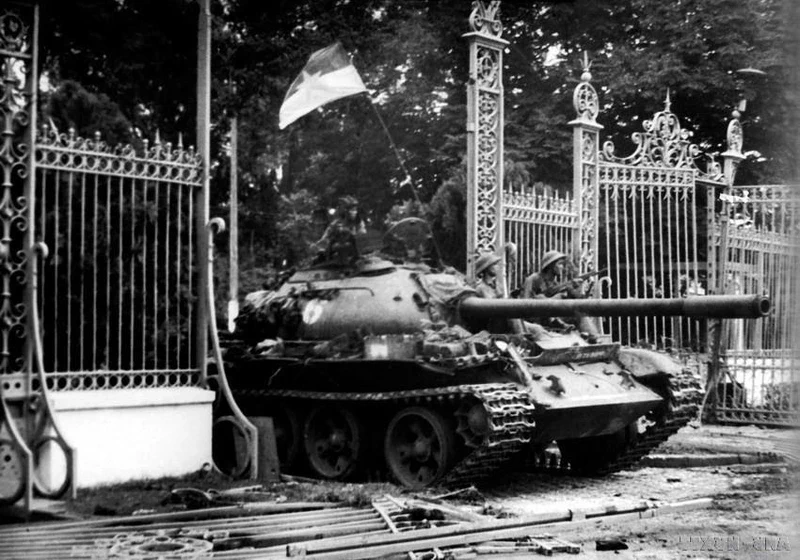
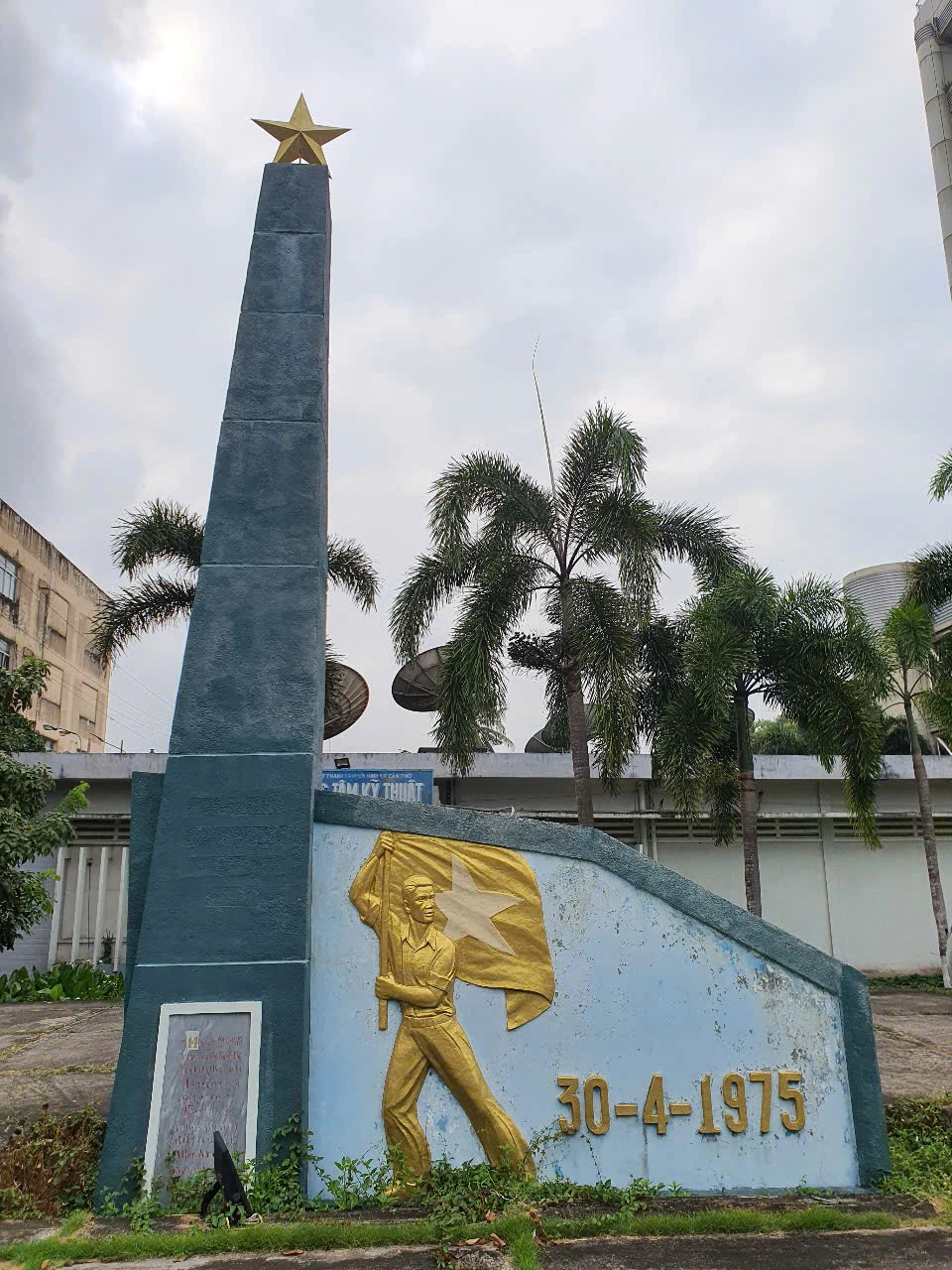









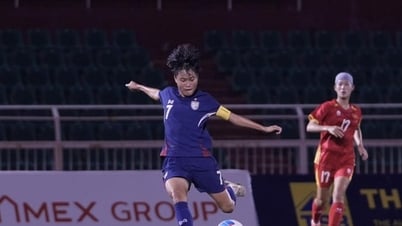

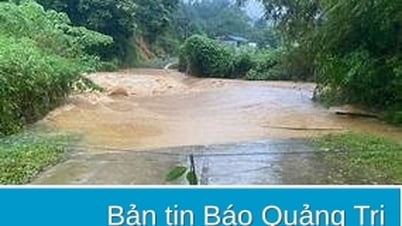

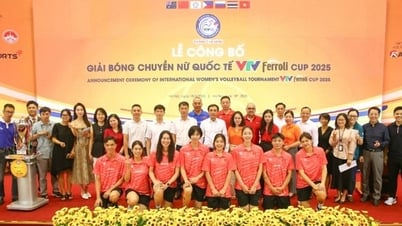
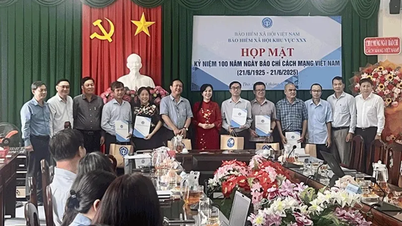





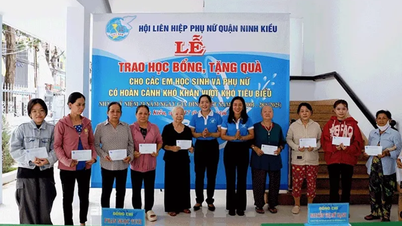
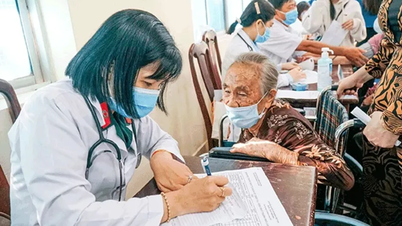

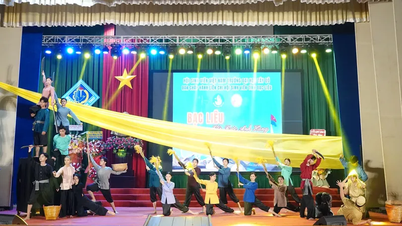
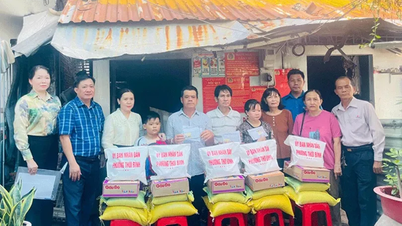
















































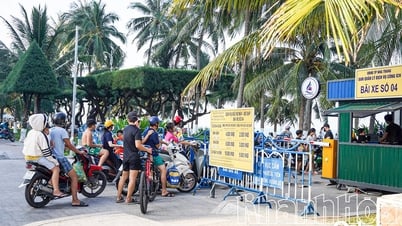



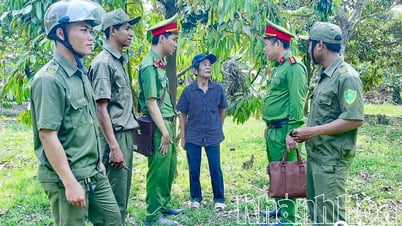
















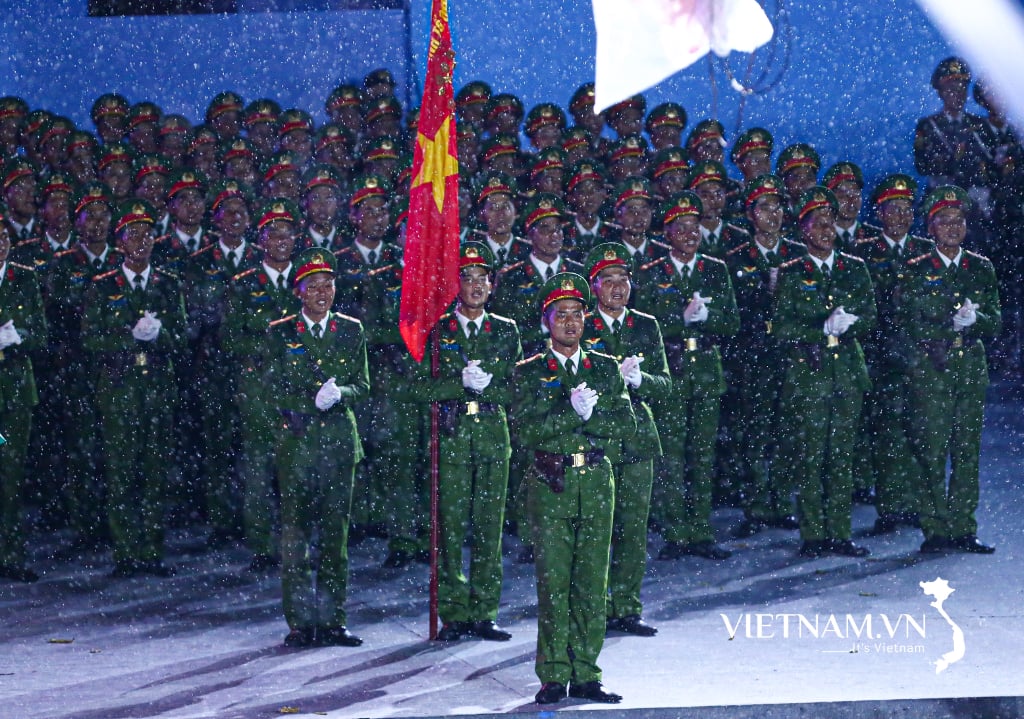
Comment (0)